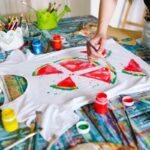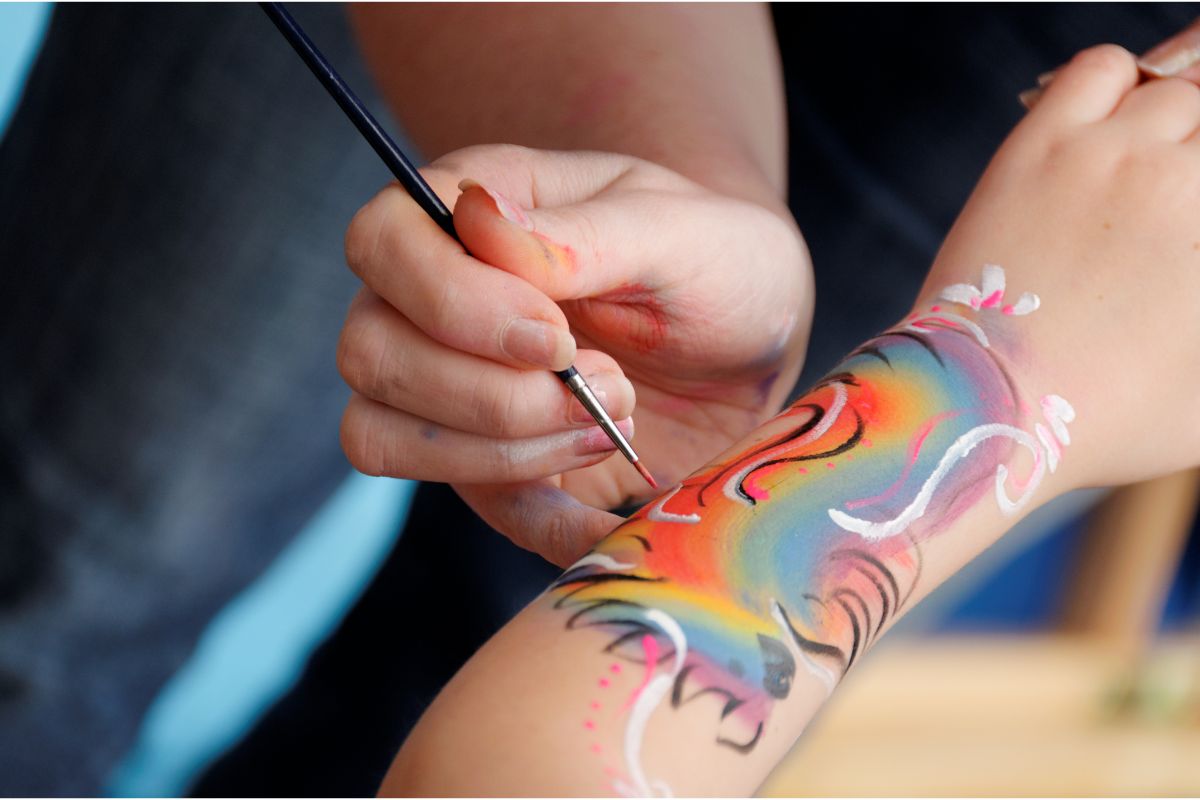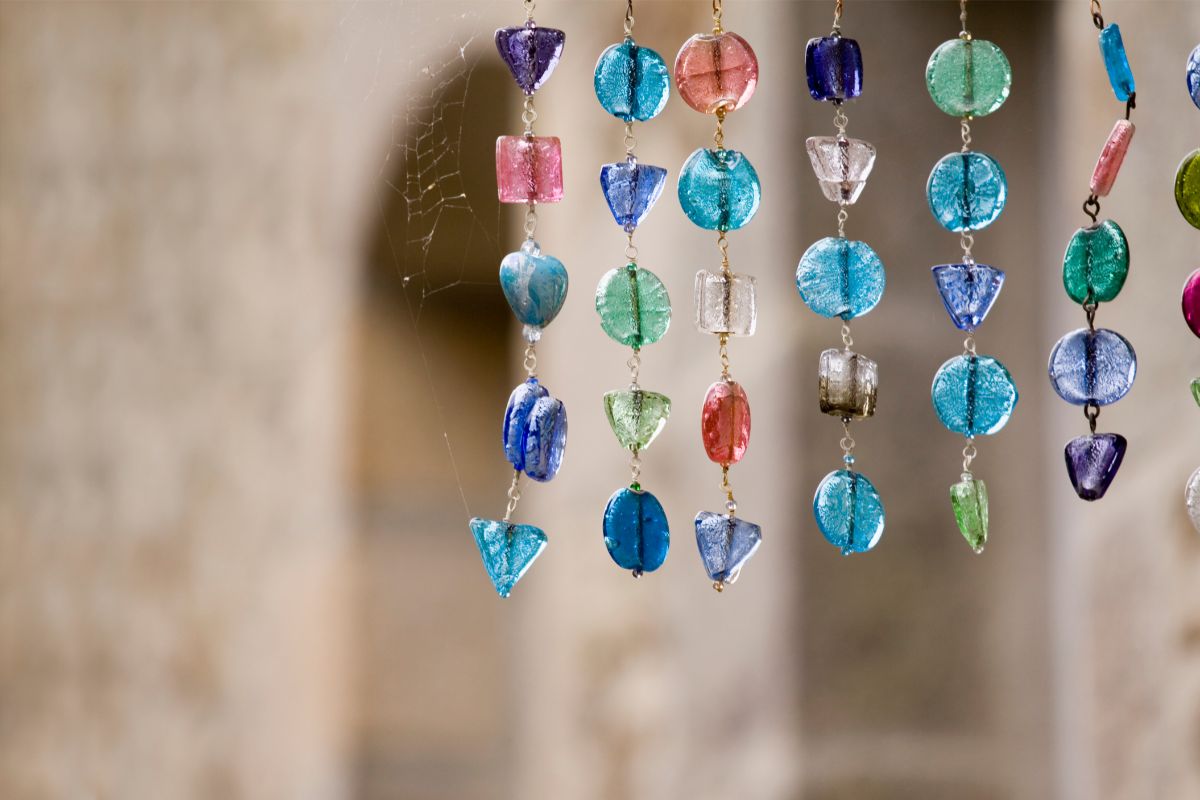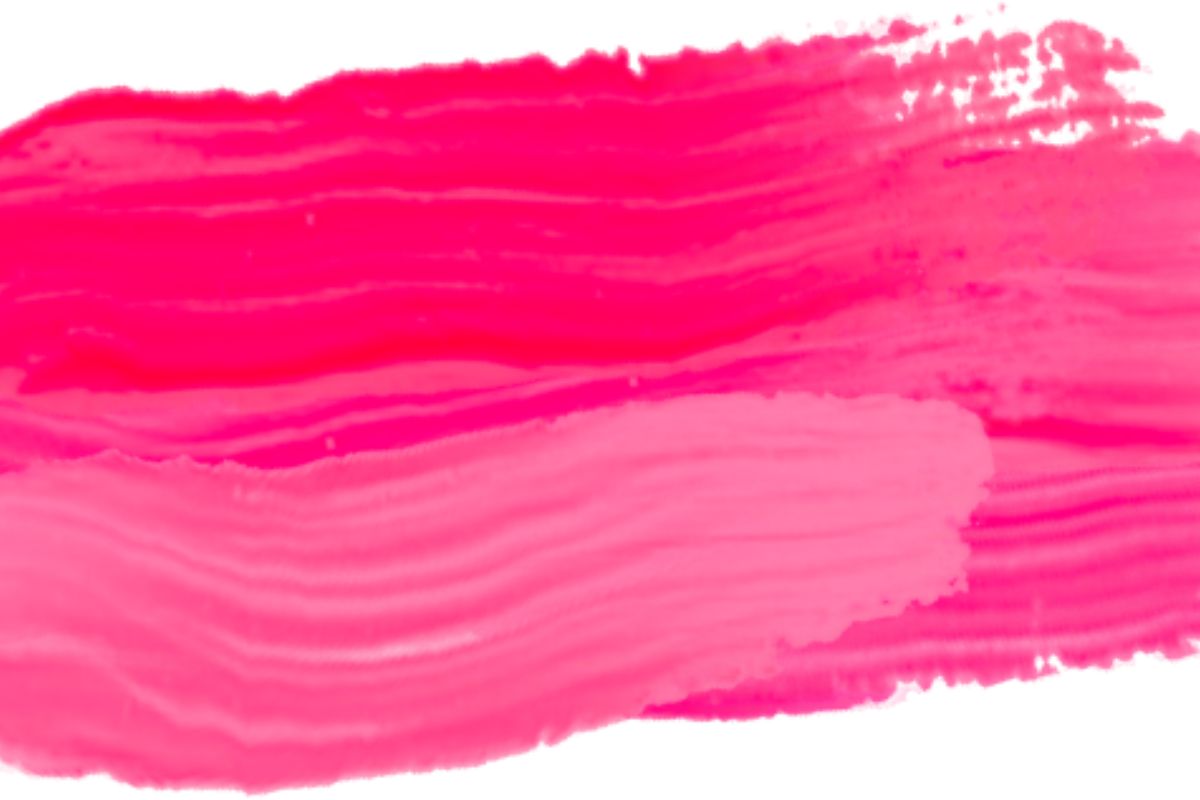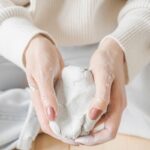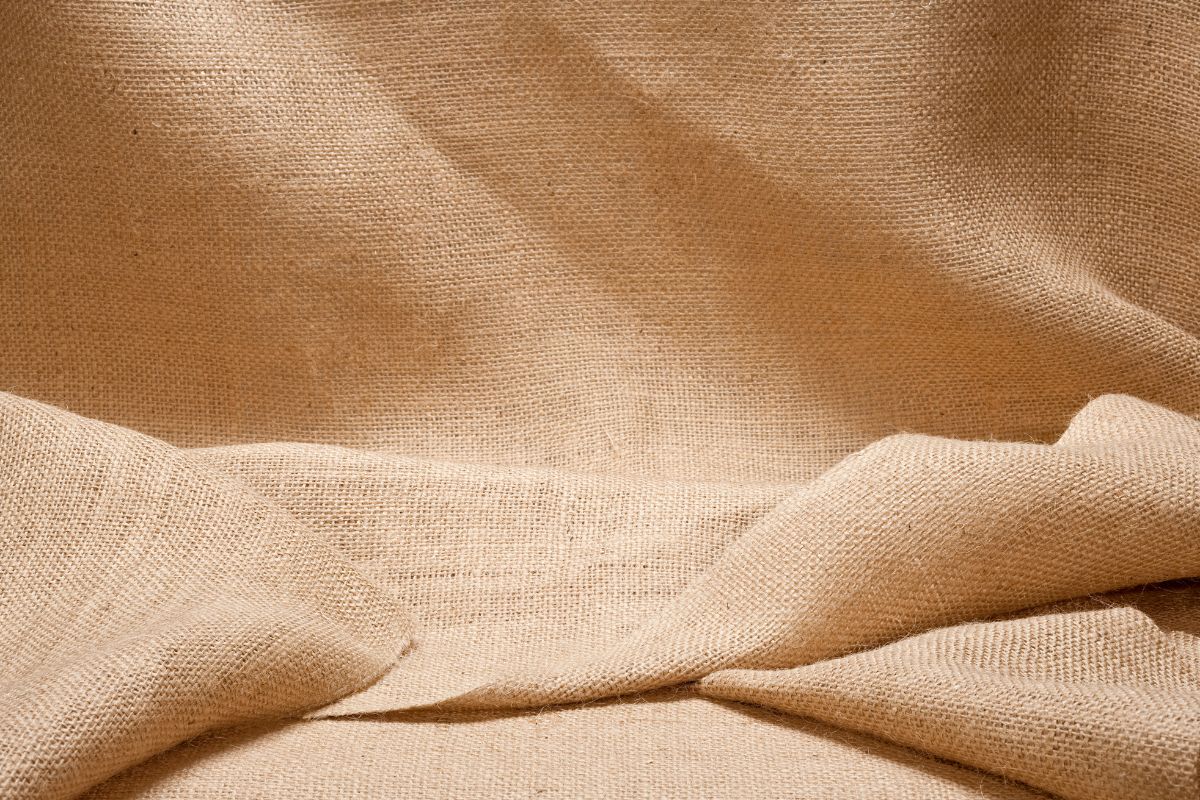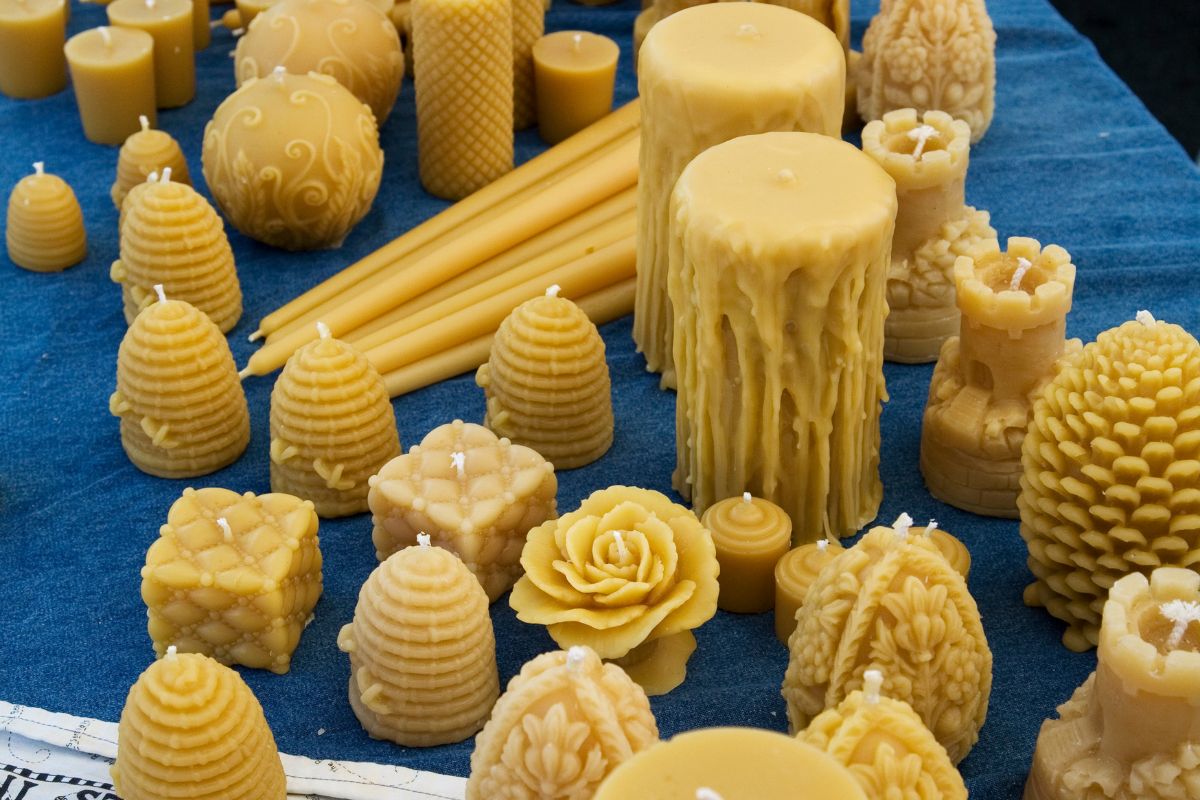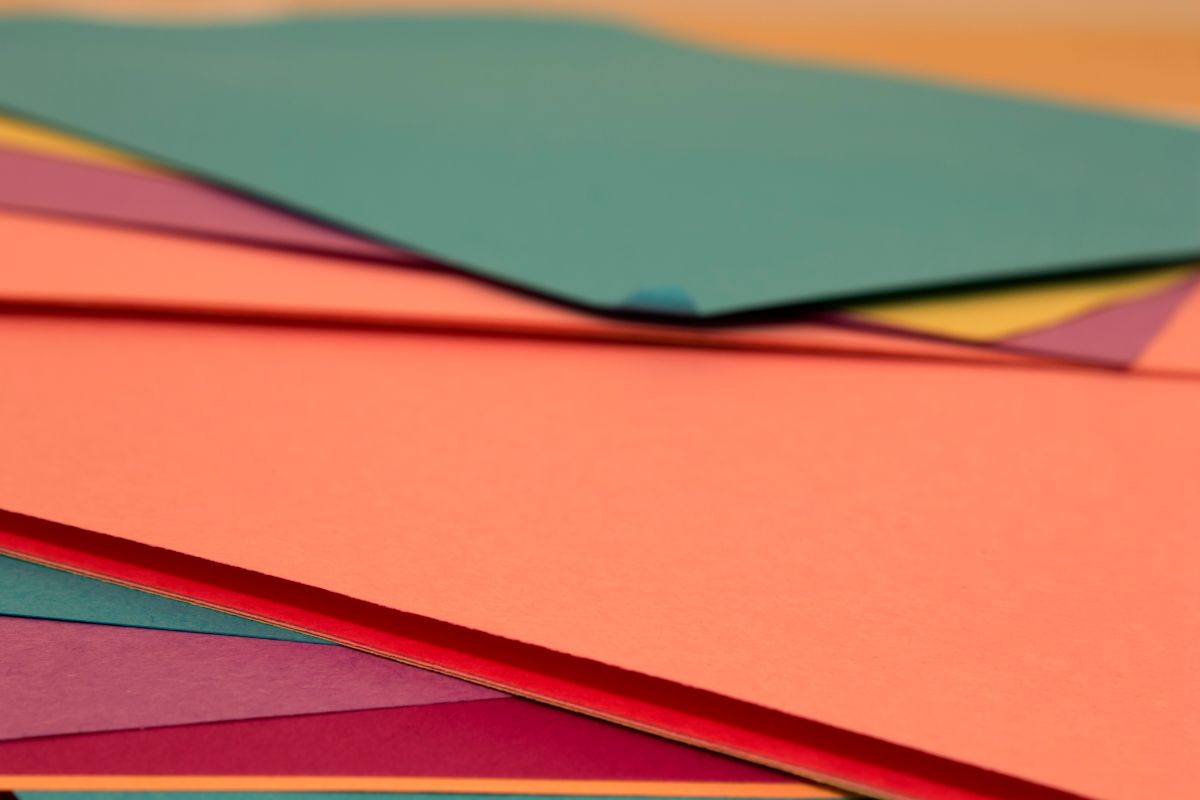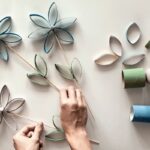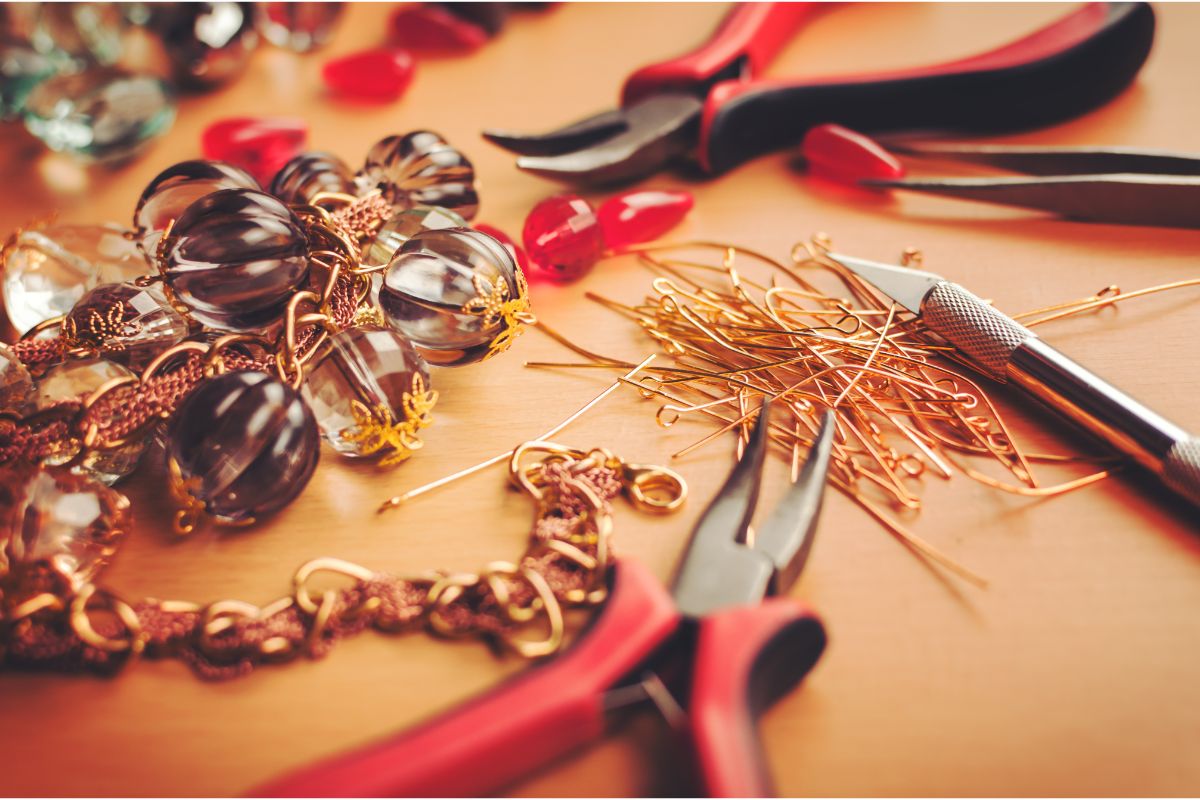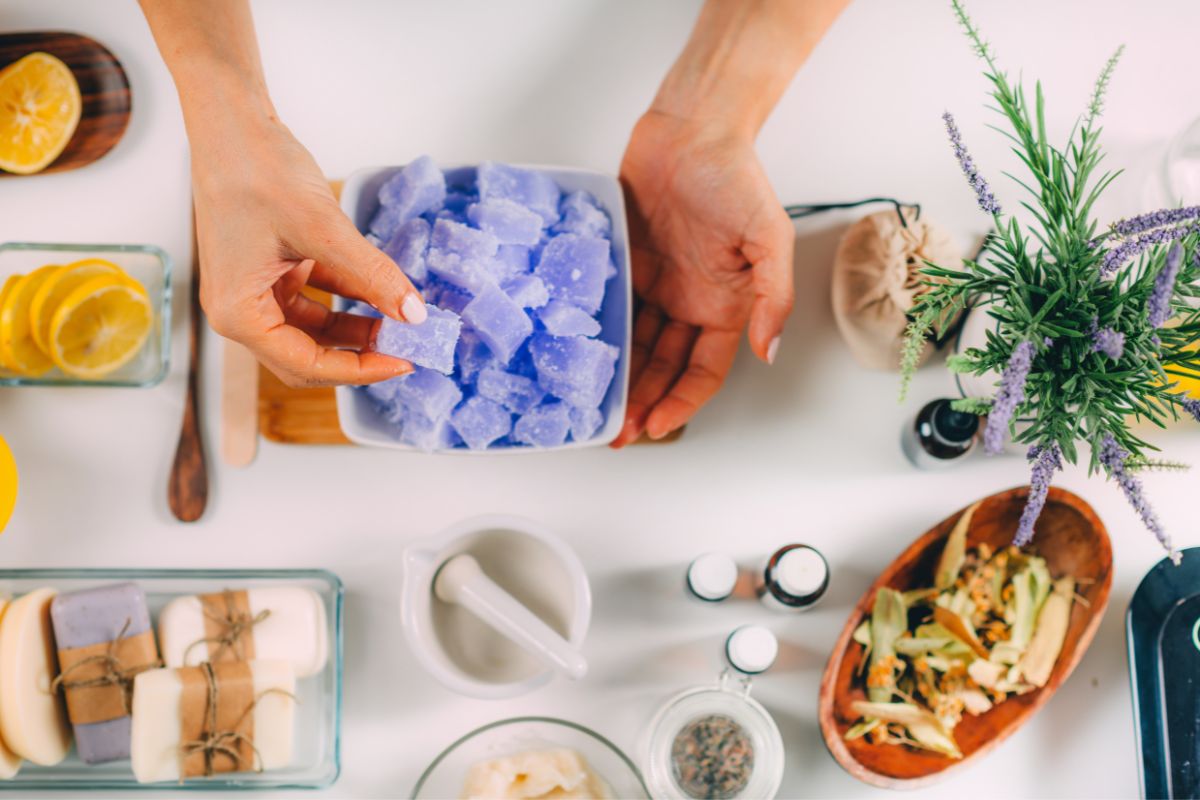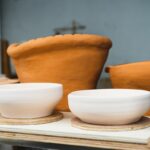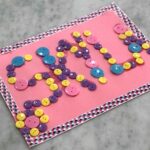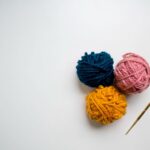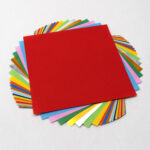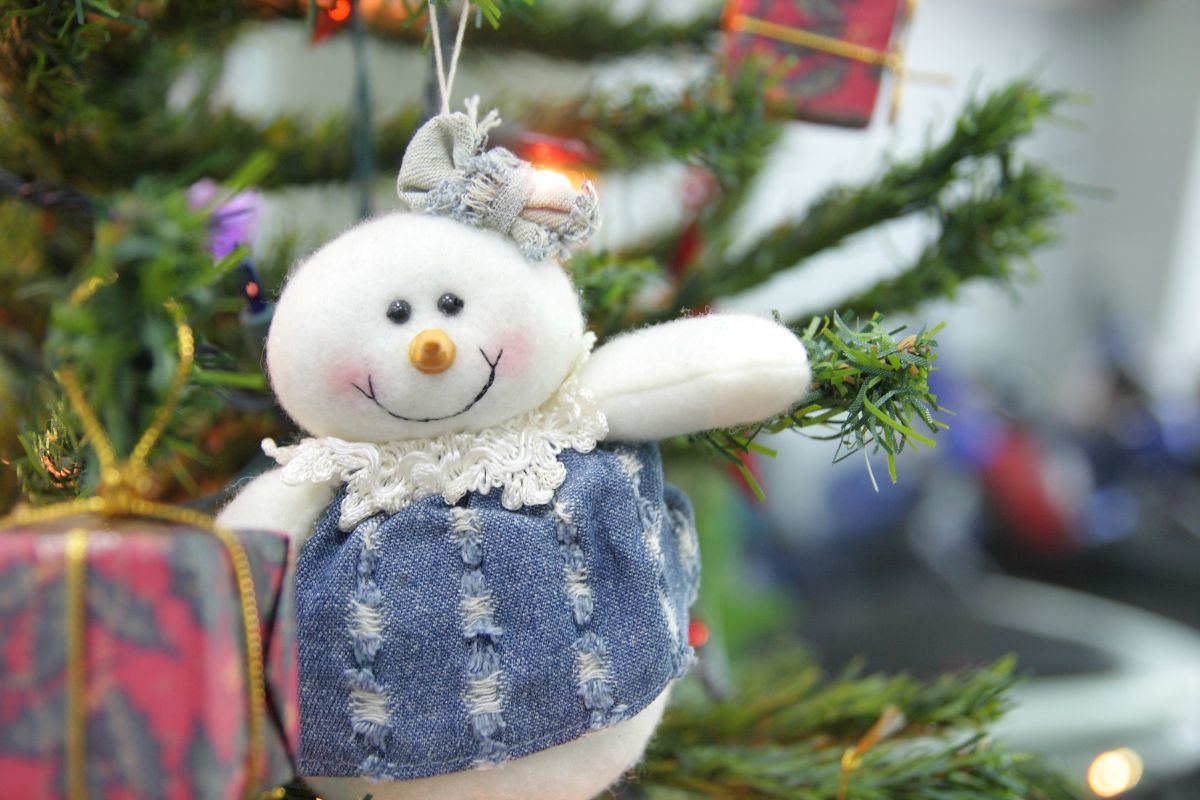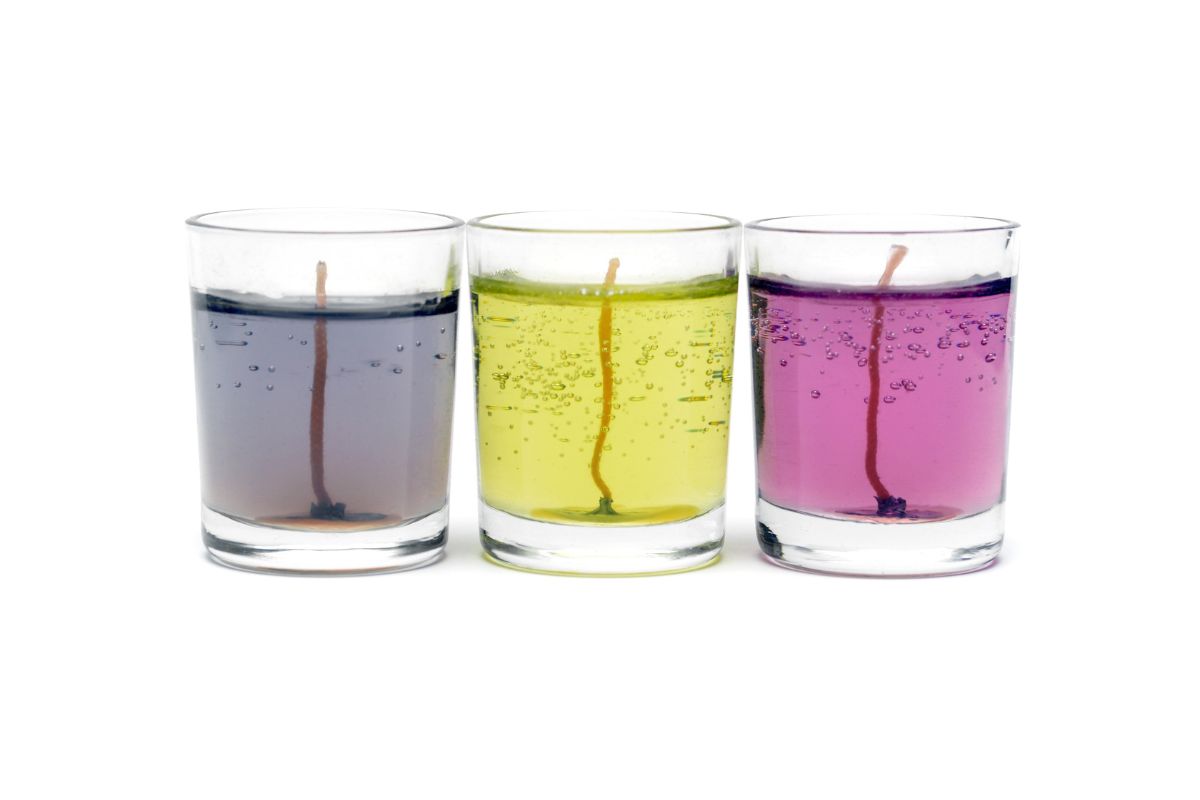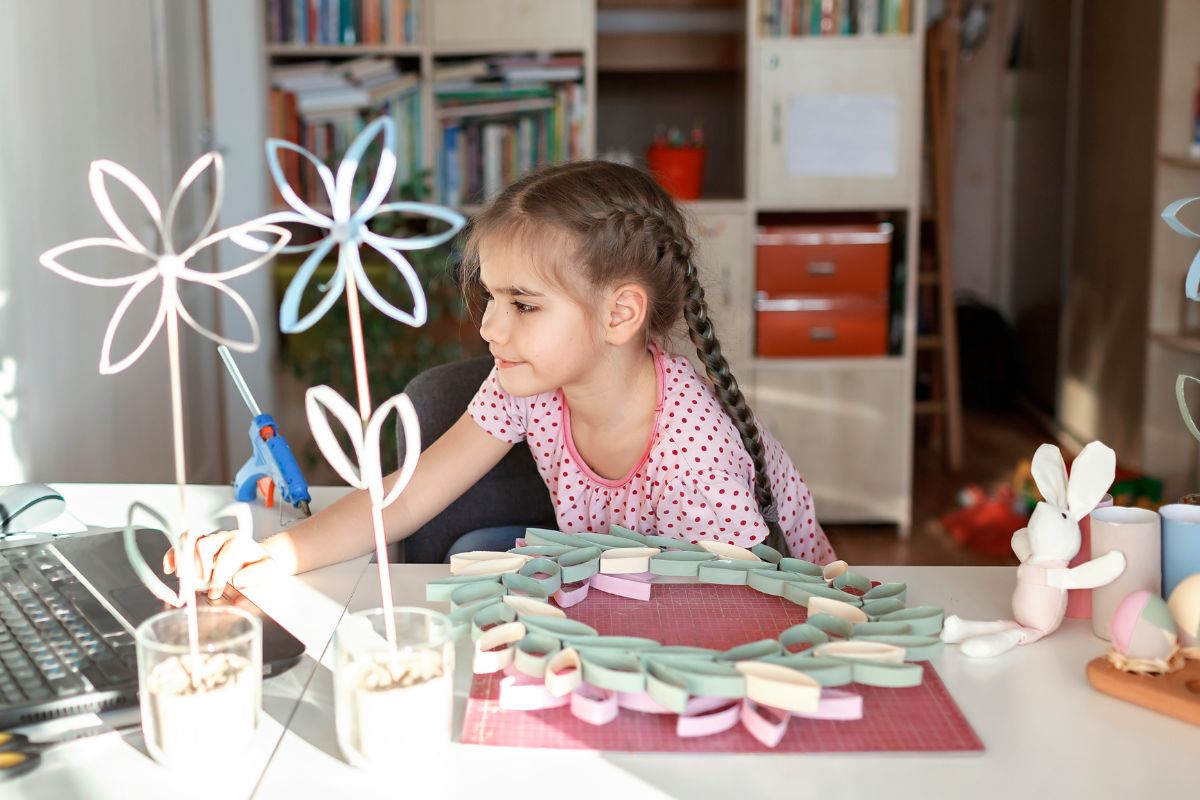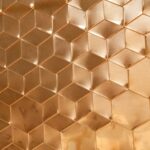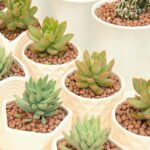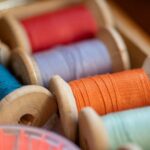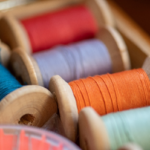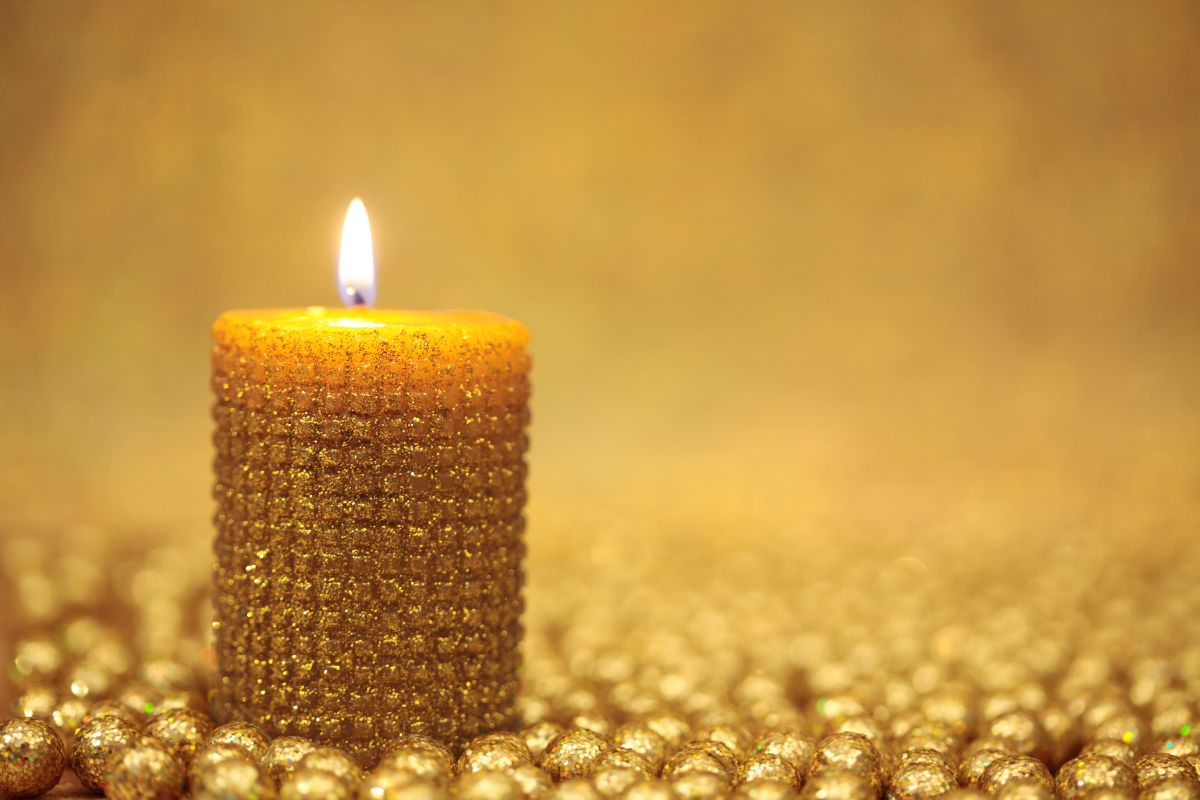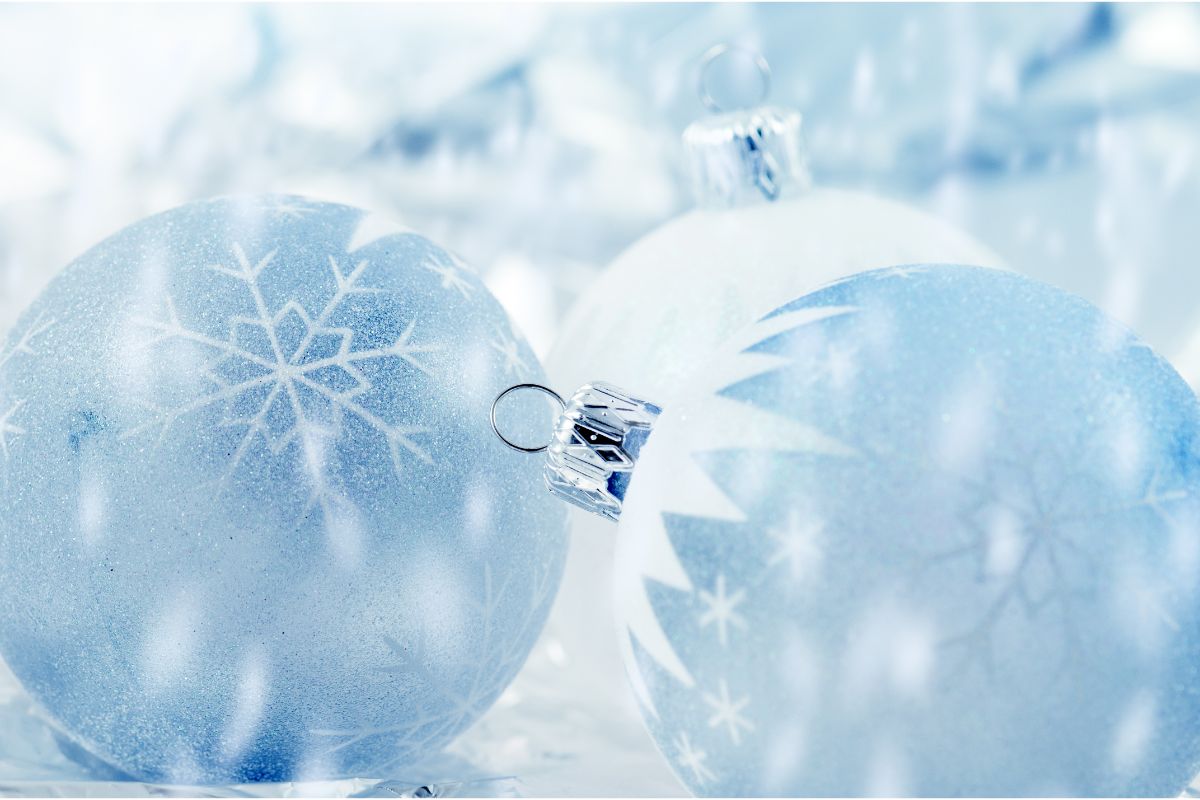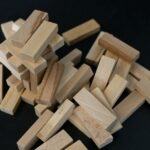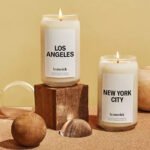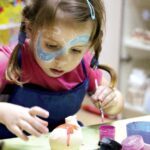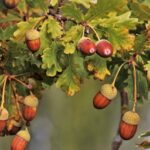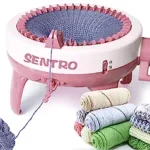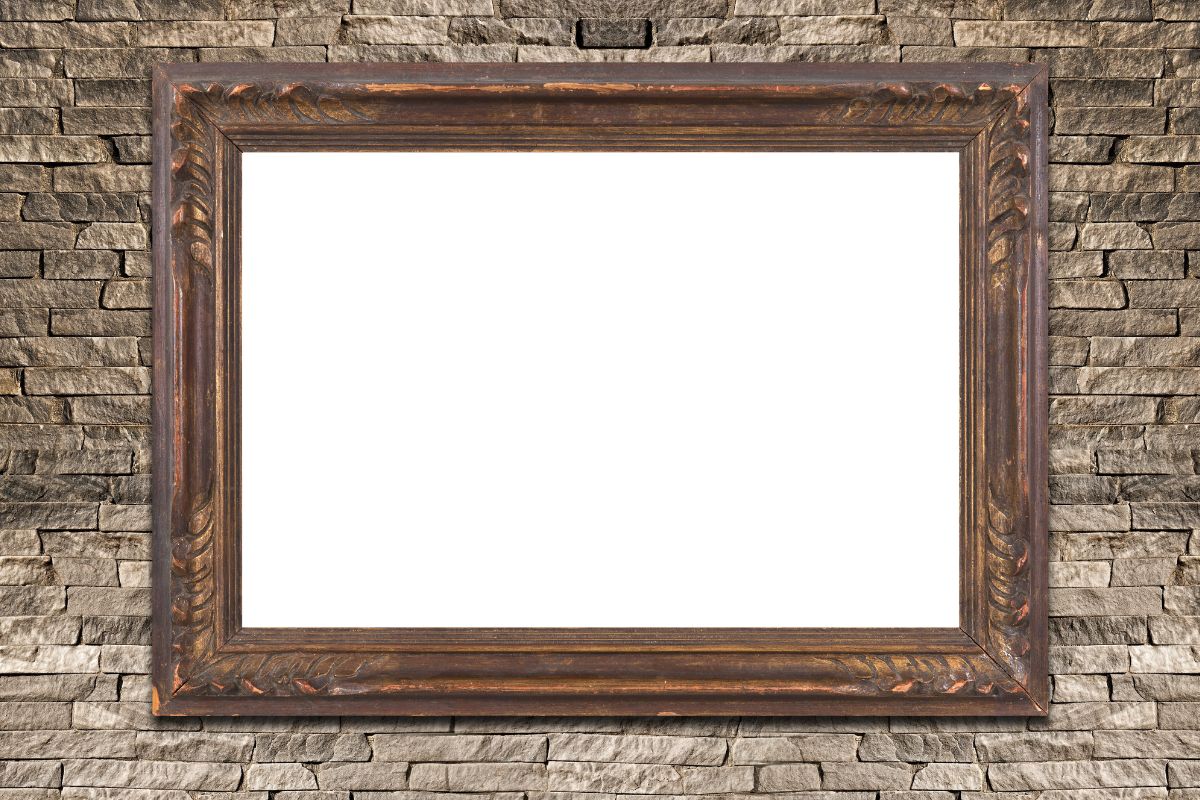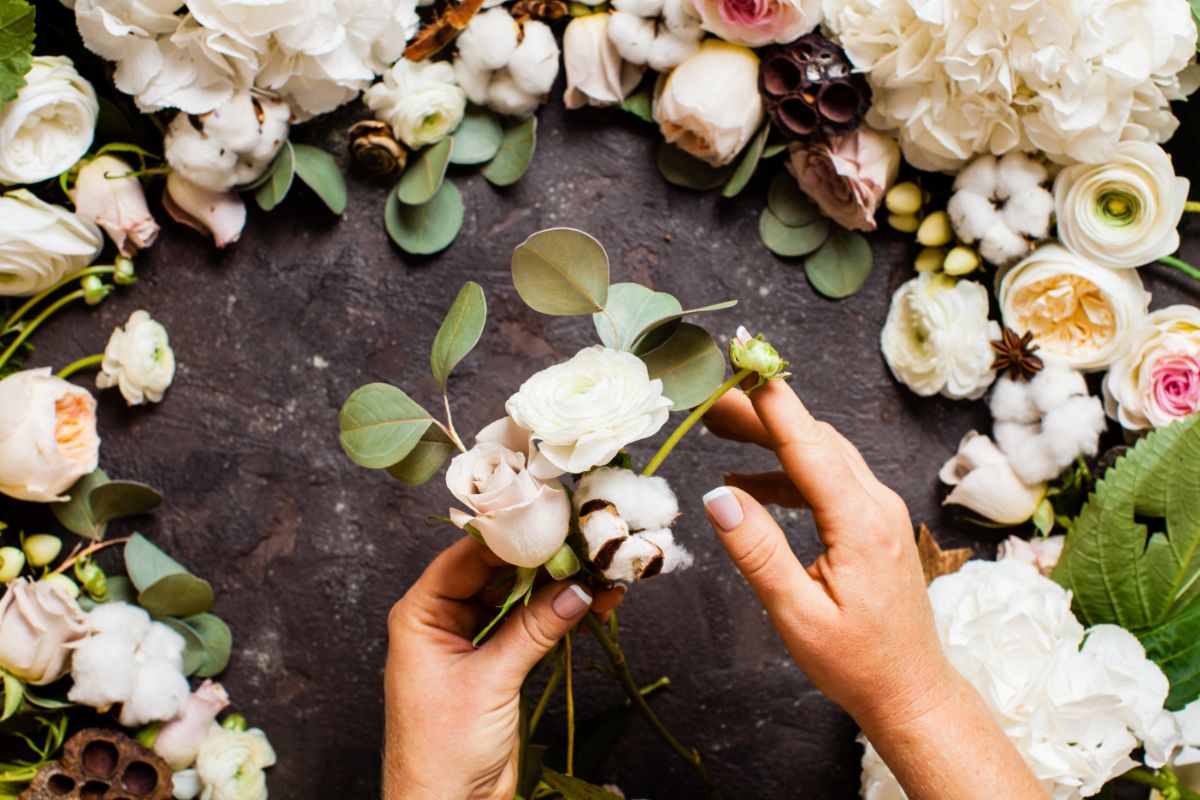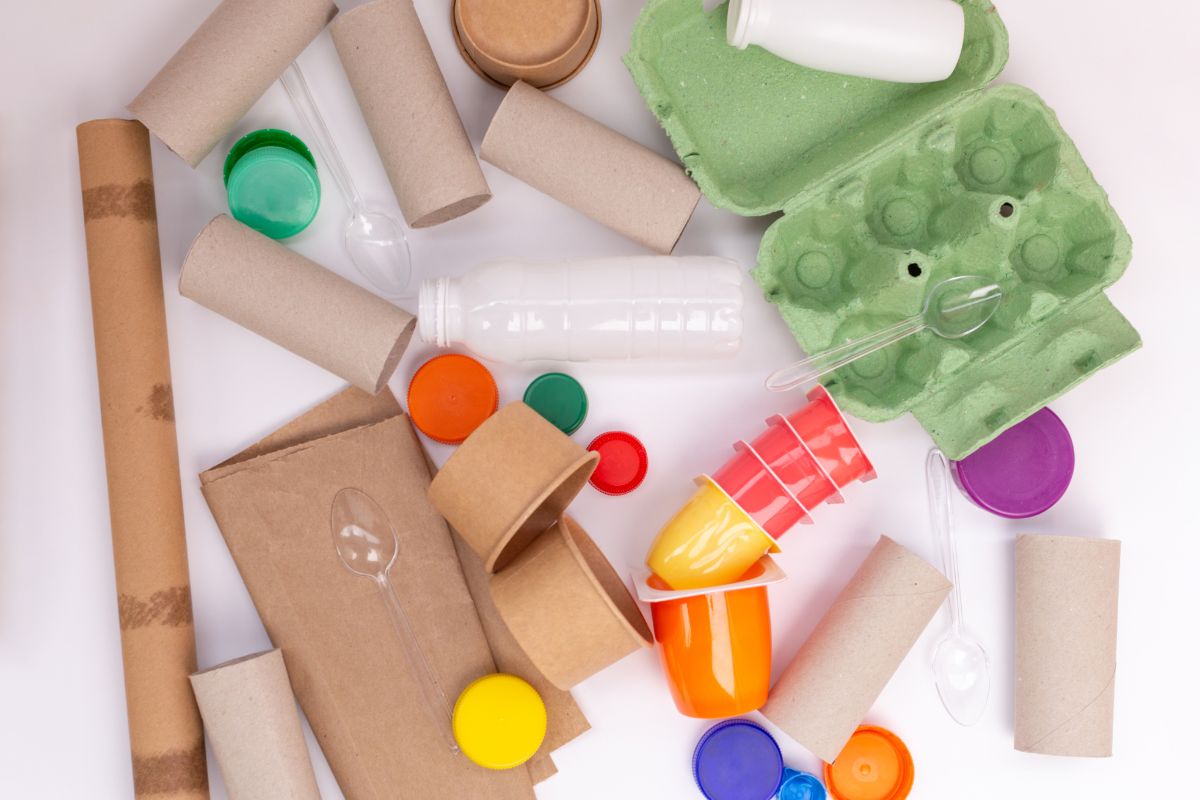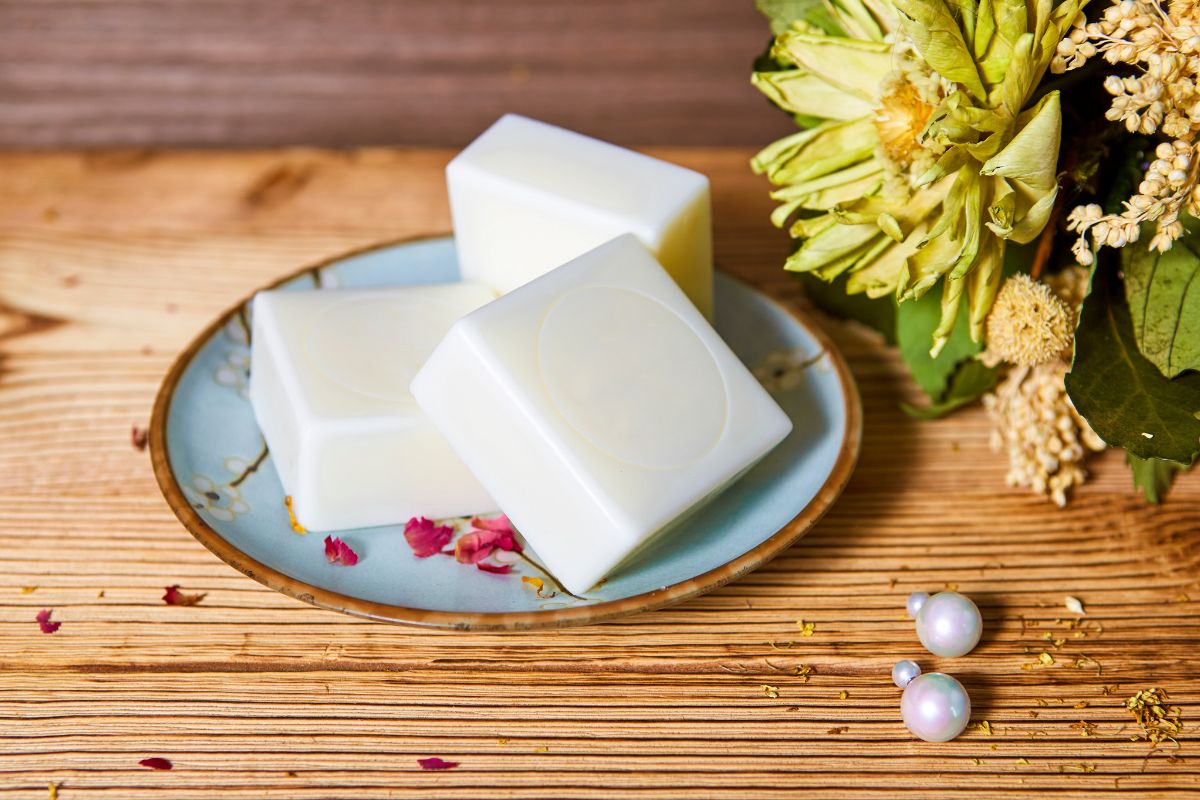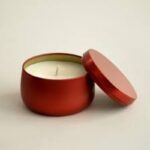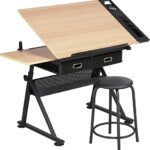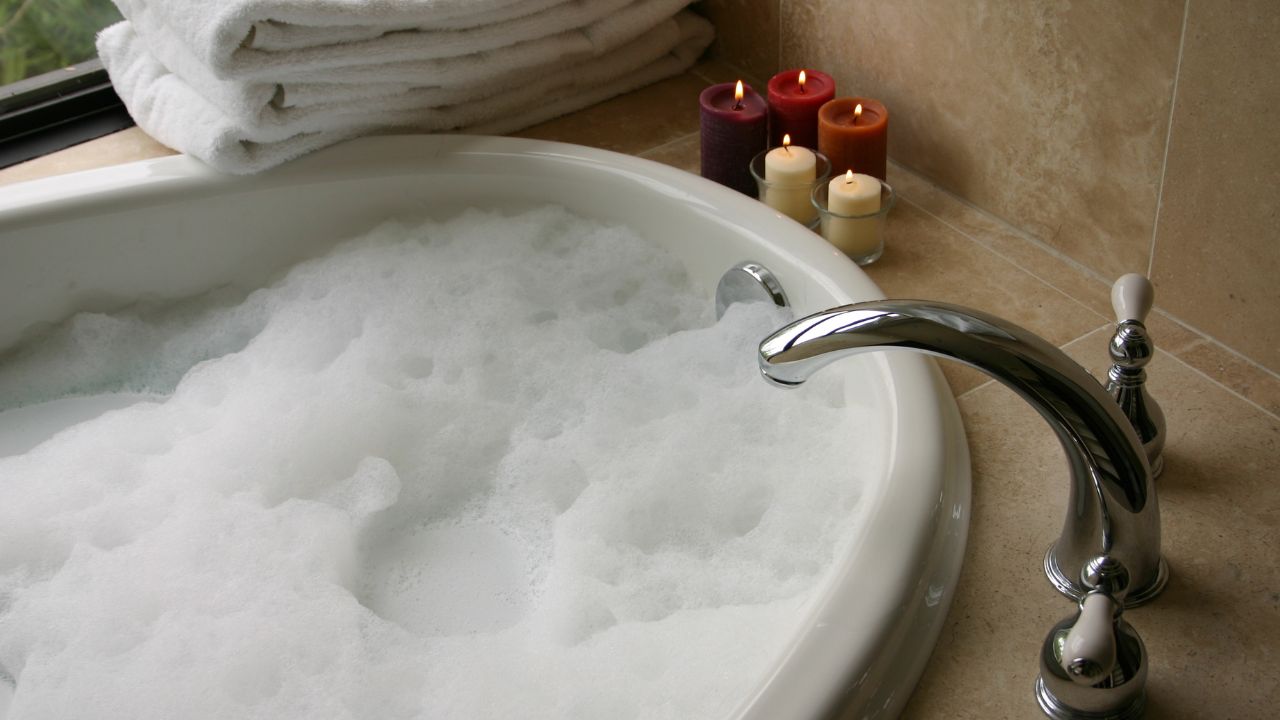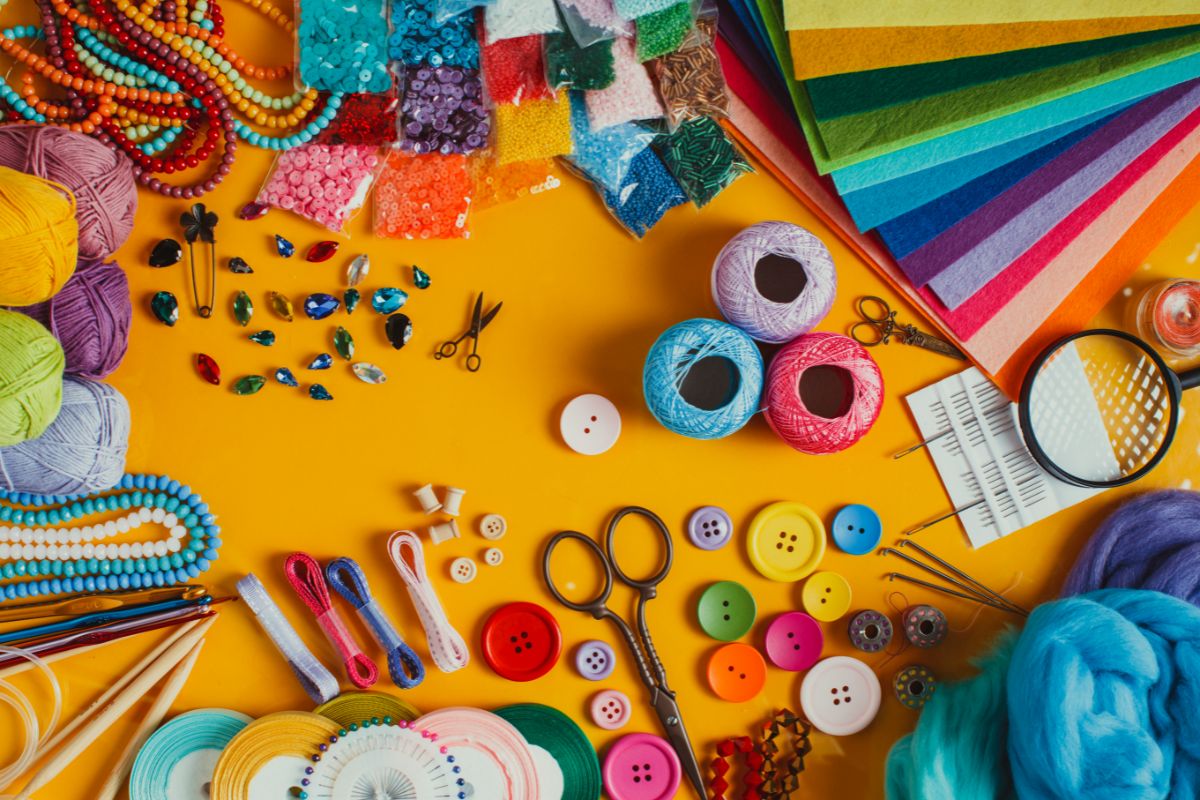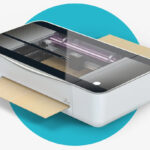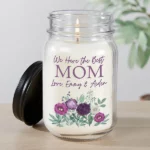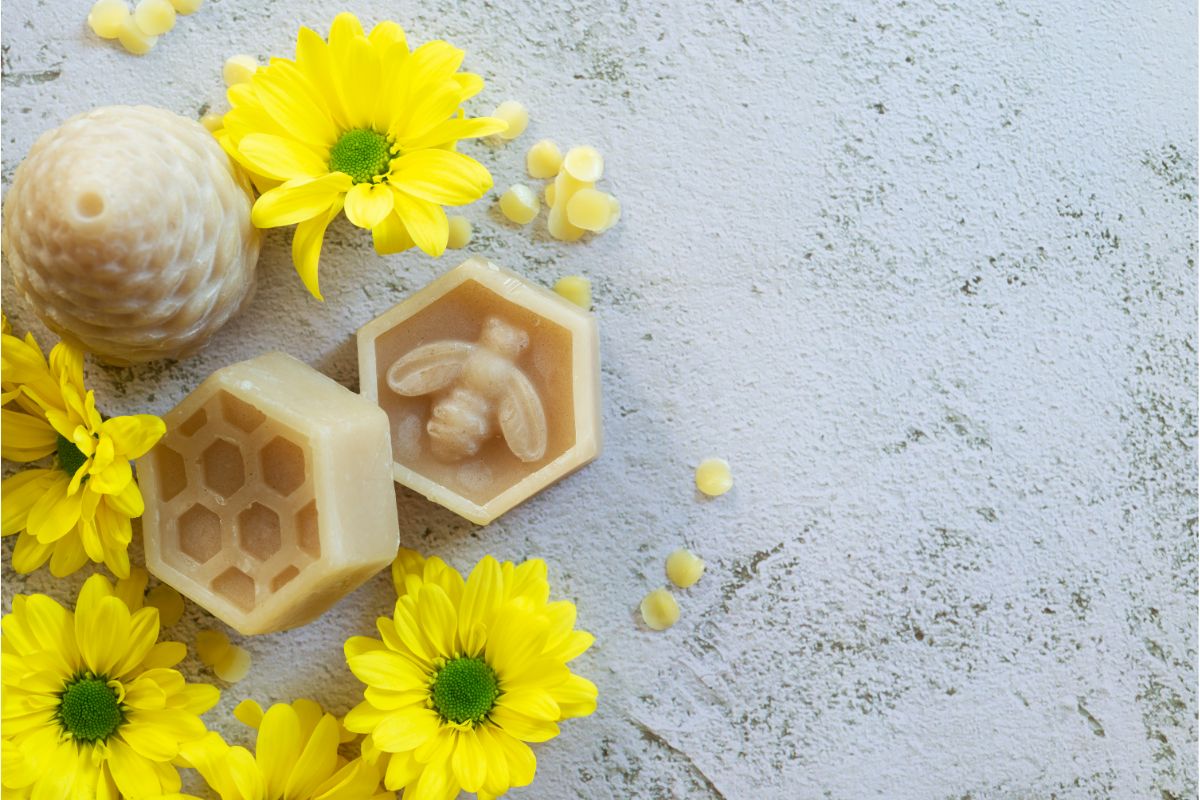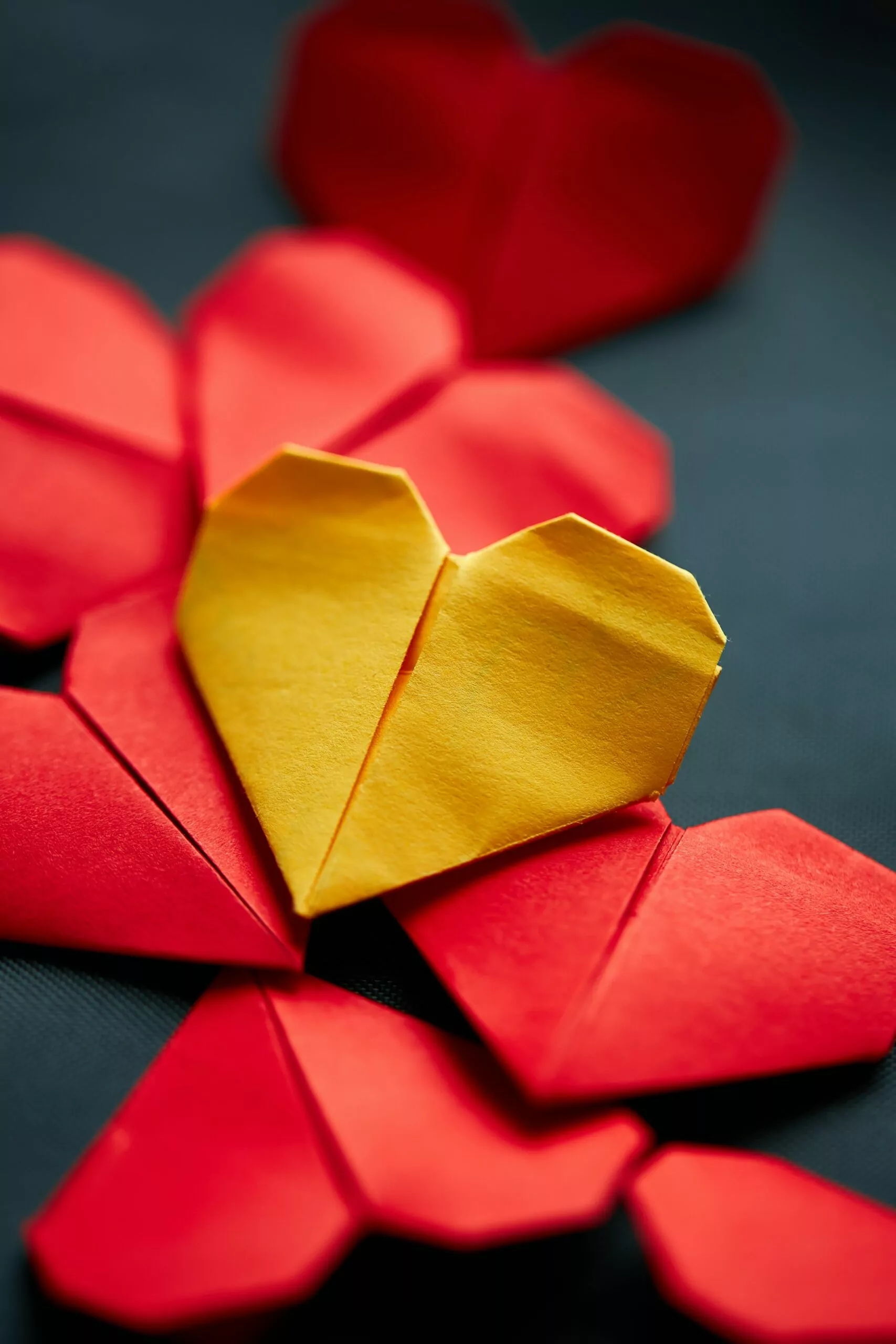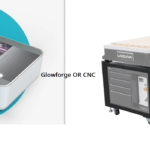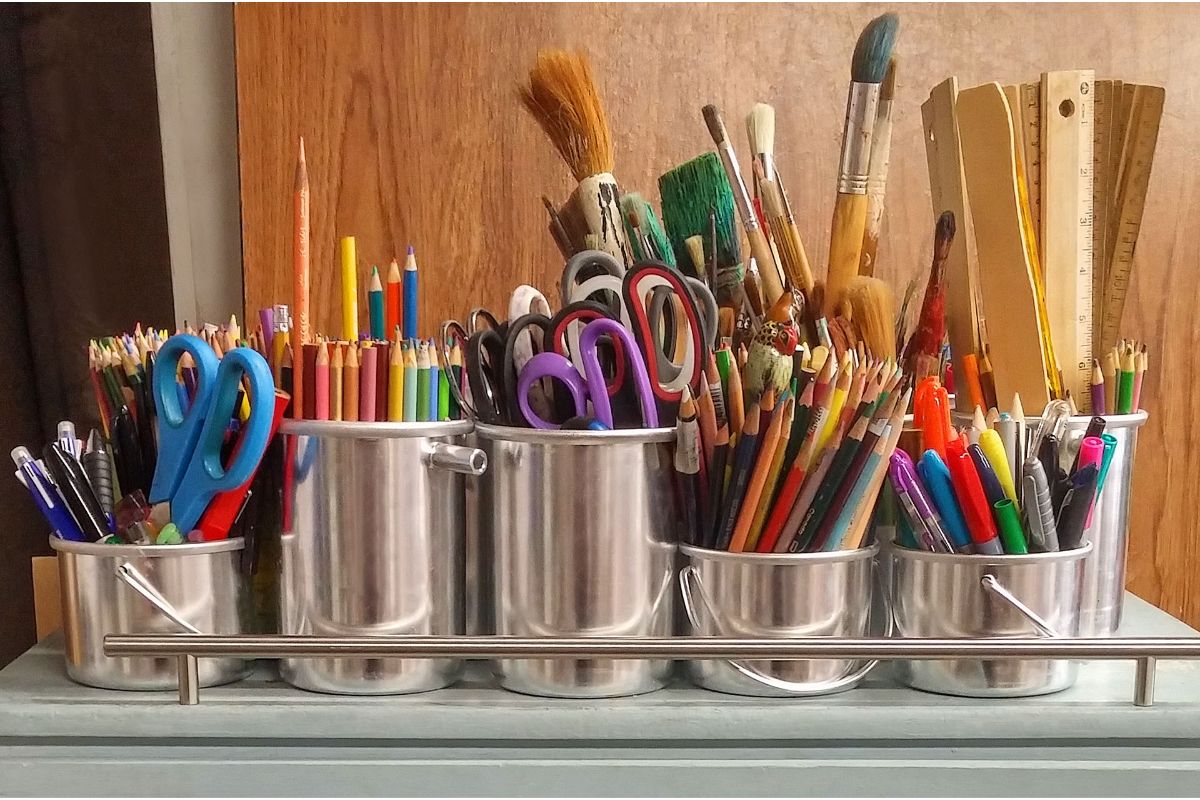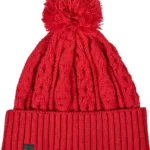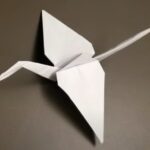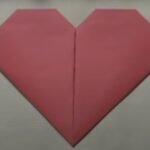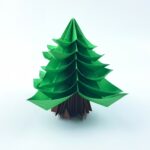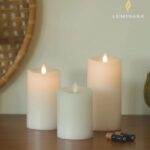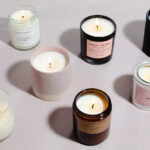If you’re a keen crafter, then you probably know all about colored air dry clay. This is when you color air dry clay using acrylic paint or soft pastels.
If you haven’t heard about this, don’t worry, it’s somewhat of a secret amongst crafters, but, why, we do not know.
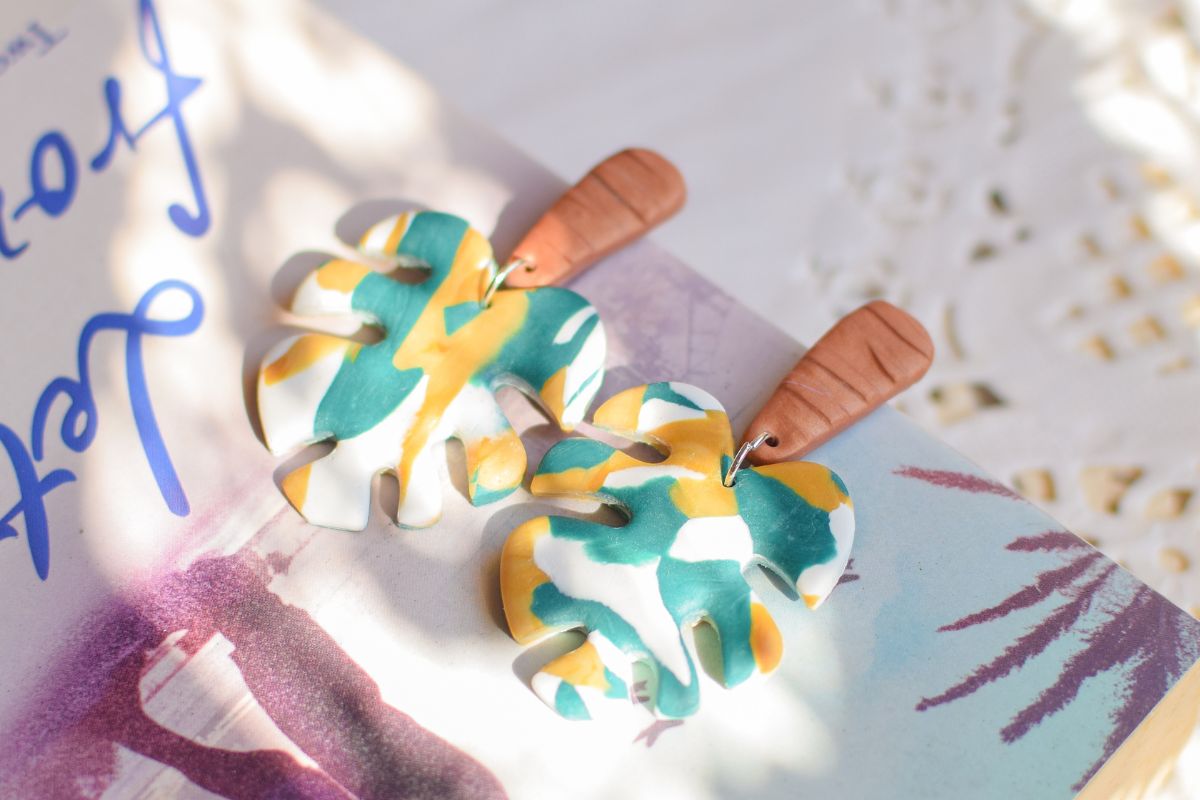
Recently, we bought air dry clay but it was a dull, gray color. We wanted something more vibrant but were not sure if we could change the color ourselves.
But, with a little digging and research, we discovered that it was indeed possible to color air dry clay at home. And, it’s pretty simple, too!
The vibrant colors we were after just were not available in craft stores or online. This is because you can only purchase air dry clay in a few colors (gray, white, and terracotta).
Great if that’s what you want but, as we said, we wanted something brighter. After some trial and a lot of error, we found polymer clay comes in a range of shades, textures, and various effects.
Okay, you may be shouting at the computer screen, “but you can buy colored air modeling clay for kids!!” Yes, this is true, but its consistency is somewhat softer when compared to standard clay and it isn’t as strong as we would like.
So, if you’re looking to color air dry clay like we were, you’re in the right place. In today’s article, we are going to guide you through the process of coloring air dry clay from the confines of your home.
We will discuss what we used to color the clay and to achieve equal color shades, so your clay looks even and smart.
Let’s jump right in!
What You Will Need
Before you do anything, you need to gather some supplies. Here’s a list of paint types and colors we used to help color our air dry clay:
- Acrylic paint (this can be either matte, gloss, or metallic)
- Fabric dye
- Fabric paint
- Tempera
- Soft pastels
- Watercolors
- Instant coffee (try not to drink it before we start)
- Black Chinese ink
- Turmeric
- Food coloring
All paints and colors above are suitable for use when you want to color air dry clay. But, some are much easier to use, whilst others can be a bit of a nightmare to work with.
Whether you have large or small pieces of clay to color, these colors and paint types should work well.
From our experiments, we discovered that tempera was the number one paint to use. Not only is it straightforward to incorporate into your air dry clay, but it also provides a deep, bold tone.
You may be wondering why acrylic paint isn’t the best. Well, the main reason is that tempera washes off your clothes and objects easily.
Acrylic paints work just as well as tempera on air dry clay, but if you’re not careful, your clothes could get ruined and you may find it hard to remove the acrylic paint from skin and furniture.
But, if you’re an experienced crafter, you’re used to this by now!
Today, we will be focusing on using tempera from the list above. We highly recommend you do the same as this is the best way of achieving a similar final result to us.
Let’s dive straight in and take a look at the process of coloring air dry clay.
Coloring Air Dry Clay – How To Guide
Before we start, we must warn you – this is one messy job! So, be prepared. Place protection down for your work table, wear old clothes you don’t mind getting dirty, and wear plastic gloves to protect your hands.
To protect our worktop, we simply placed a plastic covering over it. And, thin plastic gloves work a treat as they are comfortable and allow you freedom of movement.
And, as for clothes, you can either wear old work clothes that you don’t mind getting damaged or wear some sort of overall to cover your top and pants.
Once your work area is all set up and you’re properly attired, it’s time to get to work on the clay.
Start by softening the clay slightly. Do this by molding it gently with your hands.
Flatten the clay a little and then poke one or a few holes before filling them with the paint you desire. The size of the holes and how many you make totally depends on how big your piece of clay is.
The smaller the clay is, the smaller and fewer holes you should make.
When you place the paint into the holes, you may find that you have to add some drops of water during the mixing of the powdered pigments. By doing this, you can help the paint blend more evenly with the clay and it won’t dry out too soon.
When adding the drops of paint, be very careful. Never add more than one drop at a time and make sure you knead the clay thoroughly after each drop is deposited.
Then, you can simply sculpt and dry the clay as you usually would. Once you have the color you’re happy with, you can continue to work with the clay. Just keep in mind that dyed clay tends to dry a lot faster than un-dyed clay.
Therefore, you may have to work a little quicker than you’re used to.
Stretch out your piece of clay and then mold it. After this, fold the clay until you start to see all the paint pigments slowly distribute evenly across the clay.
On average, this should take a few minutes, but the more clay you have, the longer this process will take.
And, that’s it! We told you it was simple. Let us know how your clay turned out. As we said above, we had to try this numerous times until we got the desired result, but we’re sure you’ll master it sooner than us!
Different Paints Have Different Results
If you’re still unsure about using tempera or acrylic paints, let us show you how different types of paint and paint colors worked on air dry paint for us.
Tempera
Tempera helps you achieve a thicker, creamier texture. It provides a rich pigment, providing your clay with a strong, bold look.
Compared to acrylic paint we preferred it, simply because it is non-toxic and is washable. So, if you accidentally get it on your table, skin, or clothes, it is pretty easy to wash off.
Acrylic Paint
Acrylic paint works well with air dry clay, and that includes all types – matte, metallic, and glossy.
We tested all three types of acrylic paint and found that matte and shiny acrylics worked well and appeared similar when incorporated into the clay.
We were not a big fan of the metallic paint but it did have a shimmery effect which is suitable for some projects.
Fabric Dye
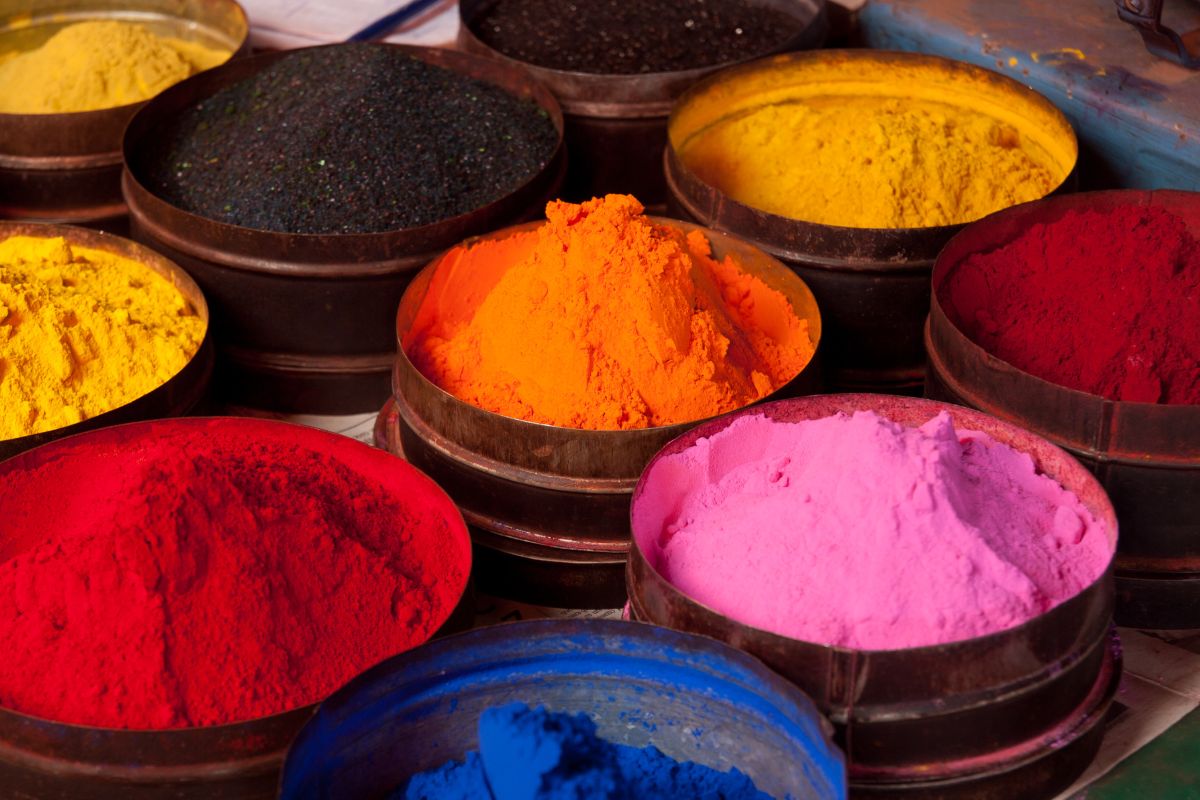
We tried fabric dye and it just wasn’t to our liking. This is because it can often be advertised as one color and turn out something completely different.
We wanted a green color, as advertised, but the fabric dye ended up closer to yellow, and when it dried, it was slightly bumpy.
However, after we varnished the clay, the greener hues started to appear. If you try fabric dye, we suggest adding some drops of water to dilute it first.
Fabric Paint
We were pleasantly surprised by fabric paint as it worked well with air dry clay. Like tempera and acrylic paints, fabric paint was easy to use on the clay. If you don’t have tempera or acrylic paint, this is the next best option.
Soft Pastels
You can transform a few small pieces of pastels into powder by breaking it down with a craft knife. Although it works quite well, the pigments do not turn out as strong as other options on this list.
Therefore, it was quite difficult to blend into the clay due to its larger particles that kept rising to the surface.
These became a little bumpy whilst we molded the clay, but the result was more subtle after the color had dried. But, we hoped varnishing the clay would bring out the colors further, but this was not the case.
Watercolors
We wet our brush and attempted to dilute as much pigment as possible to color our air dry clay with watercolors. The result was quite pleasing with a pleasant purple haze at first. This gradually turned pink after we applied the varnish.
If we were to use watercolors again, however, we would use liquid watercolor rather than the standard type. This is because liquid forms tend to have richer pigments and more vibrant colors.
Black Chinese Ink
If you intend to use black Chinese ink, you need to be super careful. When you start, blend the ink very slowly and carefully into the air dry clay.
We made the mistake of rushing this step and found that small drops of black paint start to squirt everywhere. However, you wouldn’t notice after a while.
We loved the strong colors from this and that’s no surprise as ink is renowned for having a high-pigment density. So, if you have hardening clay, this type of ink is ideal. If you have other clay types, though, we recommend using alcohol ink.
Turmeric
We discovered that turmeric leaves a light color shade on the clay when we first applied it. But, a few days later, its upper section became lighter again.
Furthermore, there is a slight scent to this (unsurprisingly, it smells of turmeric) and even after varnishing, the color wasn’t enhanced. This is a pass from us.
Instant Coffee
Yep, instant coffee works quite well when coloring air dry clay. But, it’s certainly not our favorite. When we mixed the clay, the coffee became pretty flaky, even though it was easy to roll out between two plastic sheet wraps.
Once it has dried, it looks good but has an off putting scent. And no, it doesn’t smell of sweet, sweet coffee.
Food Coloring
Our final experiment involved using food coloring. We found it rather easy to blend into the clay, but the resulting pigments were somewhat poor.
We’re not sure if this was down to the brand we used, or just the fact that food coloring doesn’t have pigments as rich as other paints and ink. We need to try other food coloring brands out and gel food coloring to get the best idea.
So, here’s a summary of what we considered good and bad when coloring air dry clay:
- Tempera – Mixing is easy and color saturation is good.
- Glossy Acrylic paint – Mixing is easy and color saturation is good.
- Matt Acrylic Paint – Mixing is easy and color saturation is good.
- Metallic Acrylic Paint – Mixing is easy and color saturation is somewhat subtle with a shimmery effect.
- Fabric Dye – Mixing is a little challenging and color saturation is not the best.
- Fabric Paint – Mixing is easy and color saturation is good.
- Soft Pastels – Mixing is a little challenging and color saturation is subtle.
- Watercolors – Mixing is a little challenging and color saturation is good.
- Black Chinese Ink – Mixing is a little challenging and color saturation is very rich.
- Turmeric – Mixing is a little challenging and color saturation is very subtle.
- Instant Coffee – Mixing is a little challenging and color saturation is a light brown.
- Food Coloring – Mixing is a little challenging and color saturation is good.
As you can see, tempera and acrylic paint are the easiest to work with and provide the best color saturation of all paints and colors.
How To Get Equal Colors
If you have tried coloring your air dry clay and now want to replicate the result on other items, read on!
For this, you will need a clay mixing ruler. This mystical device is ideal for duplicating colors. Simply place the ruler on your clay and put the paint of choice into one of the holes you have made.
Just remember to keep a note of the measurement and paint you use to ensure you achieve equal hues time and time again.
For instance, write down – 8 grams of clay + one A green + one A blue. The “A” simply refers to the hole size on the clay mixing ruler. Use this formula and you can achieve an eye-catching turquoise tone.
Other things you should note down include the type of paint you;re using, such as tempera, or acrylic, including the brand’s name, and the exact names of the paint colors, such as cobalt blue, sky blue, or primary blue, etc.
If you’re using liquid paint, you should use a pipette. These are disposable plastic droppers that are ideal for both adding and measuring ink, liquid food coloring, and liquid watercolors to air dry clay.
In Summary
Making colored air dry clay from store-bought air dry clay is fairly simple. For the frequent crafters amongst us, we’re pretty sure you will have many of the paints we have mentioned above to test out at home.
But, we believe that tempera or acrylic paint are the best for coloring air dry clay. They color the clay well and are simple to work with. Try coloring your clay today and have fun!
- Cricut Hat Press: A Comprehensive Guide on Usage - August 13, 2023
- Unlocking Creativity with the Cricut Joy: A Comprehensive Guide - August 12, 2023
- The Ultimate Guide to the Cricut Maker Bundle - August 11, 2023


